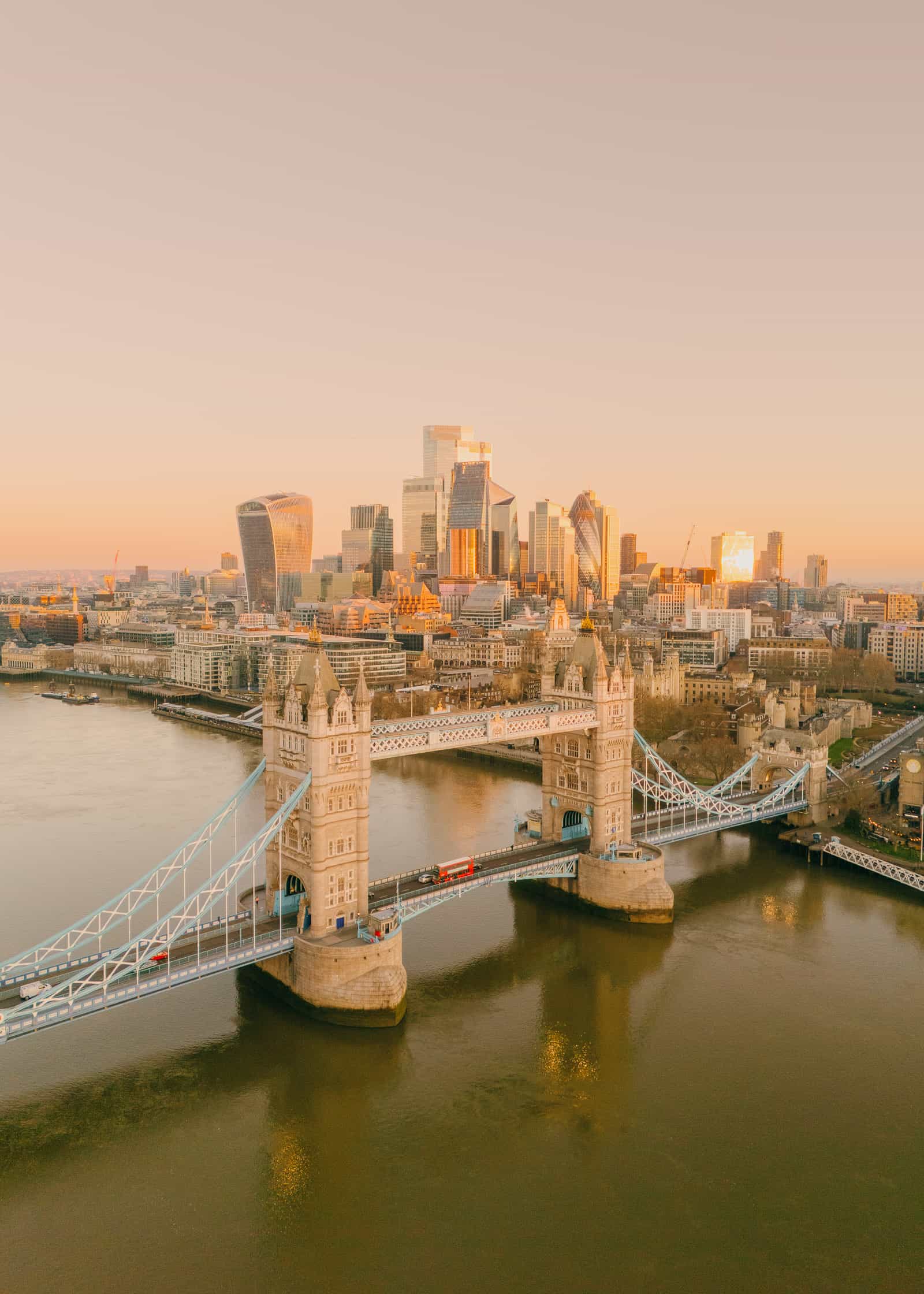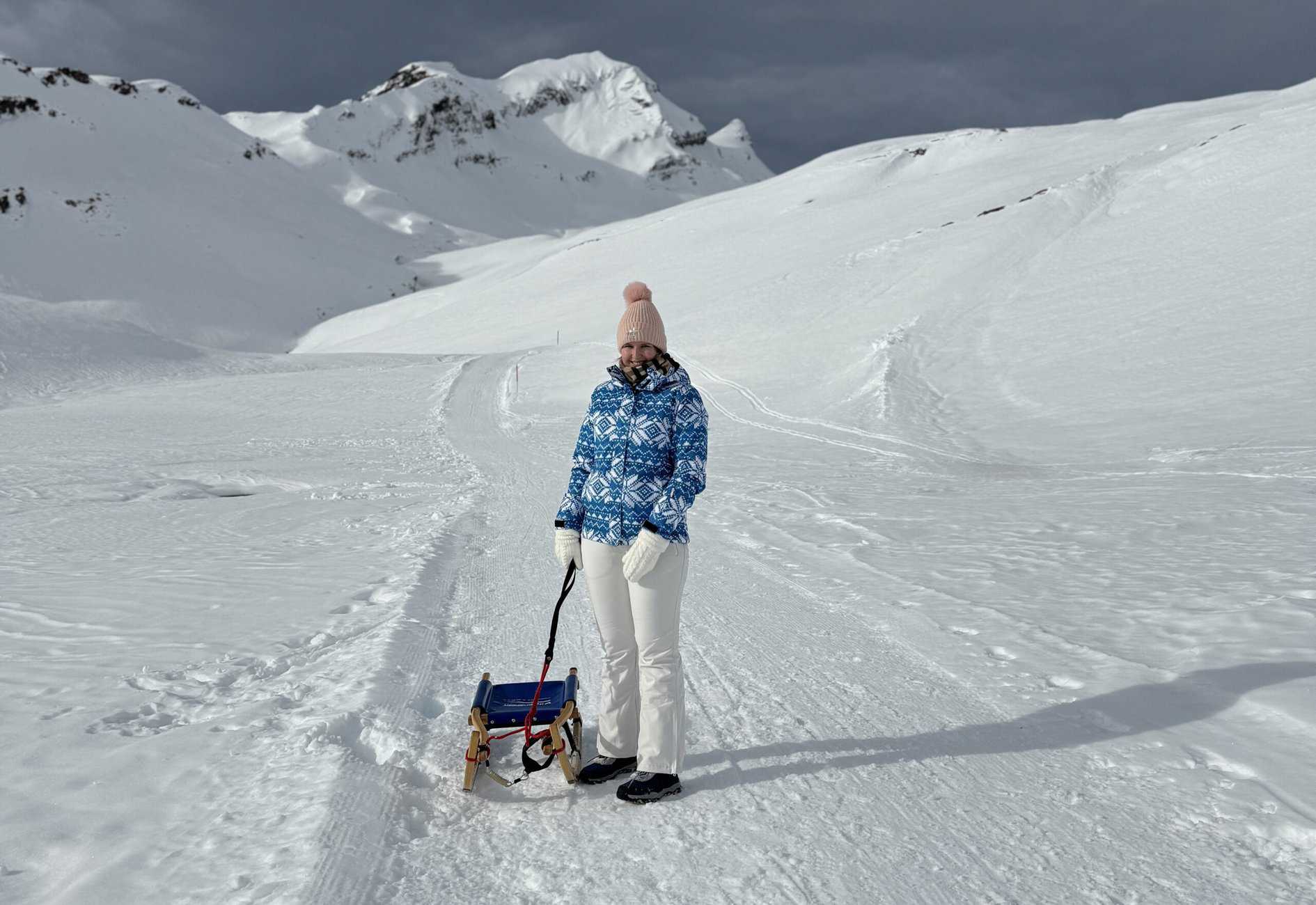Review: Big Ben tour with kids, London

It’s one of the icons of London, a clock tower that’s recognised around the world with a bell whose bongs are just as familiar – so getting going inside on a Big Ben tour with kids is one of the most memorable things to do in London.

And yes, officially, the tour is actually of the Elizabeth Tower – if you want to be precise, only the great bell is Big Ben – but let’s face it, everyone knows what you mean if you say you’re going on a Big Ben tour, so I’m going to use both interchangeably!
With 334 steps ahead to the belfry, and a tour which shared everything from the tower’s history to its recent restoration, and plenty of quirky trivia along the way, you definitely won’t get bored as you climb either as my Big Ben tour review goes to show.
Review: Big Ben tour
Stepping out of Westminster tube, the clock tower was gleaming in the sunshine – normally I’ll glance at Big Ben whenever I pass, but knowing I was about to head up almost to the very top, I took a much closer look this time.

And a few photos, because once you step through security and into the Palace of Westminster, you’re not allowed to take any on the tour. Hopefully my Ben Ben tour review will whet your appetite but if you want to see inside, or enjoy the views from the top, you’ve got to do it yourself – although the official photos I’ve included courtesy of the House of Commons will give you a taste.
But honestly, even if I had photos of every corner of the bell tower, I’d still suggest you do it yourself. After decades living in London, this tour is easily one of my favourites.
For starters, it is absolutely packed with information, right from the original competition to design the famous tower and the rest of the Palace of Westminster after a fire ripped through the buildings in 1834. Won by Augustus Pugin, whose original quote failed to come in on time or on budget, the Gothic styling is designed to fit with Westminster Abbey opposite.




Only the medieval Westminster Hall survived the fire, and it’s here that the tour starts. You have time to look around before and afterwards (and take photos), plus there are toilets (your only opportunity for the next 90 minutes at least), a shop and a cafe – as our guide pointed out, after 334 steps, you’ve earned a piece of cake.
Having stashed our belongings in lockers (you can put the key around your neck, along with your colour-coded lanyard), we’d already climbed a third of them to reach the first stop of the tour, one of several rooms tucked away inside the tower.
Where, for starters, we learned that this future icon was known simply as the clock tower to Victorians, only being officially named the Elizabeth Tower in 2012 to mark the Queen’s Diamond Jubilee. As to why it’s called Big Ben? You have to wait until the end of the tour to find out… but it’s said to be down to a very tall Welsh MP named Benjamin Hall. Maybe.
Big Ben’s didn’t have the easiest start. Even after the design of the tower had been agreed, they needed to find another expert to make the clock mechanism, which had the then ambitious target of being accurate to within 1 second of GMT – something people argued simply wasn’t possible.
Then adding the great bell was equally fraught, with a series of mishaps on its journey to London – too big after it was cast, it nearly sank a ship before cracking when it was tested. The replacement Big Ben 2 is still an enormous 13.5 tons and has been ringing out across London since 1859, with the exception of the First World War.
Then after some more stairs, it’s time to see the finished result, as you climb up to the clock mechanism room in time for the three-quarter hour to strike. To this day, the clock is still mechanical, using gravity to drive the weights which move the various parts, and a gravity escapement mechanism to regulate the pendulum.

One thing which has been updated is the winding gear; once it needed to be wound by hand every day by a team of strong men, but now it’s done by electricity. It still takes 40 minutes, three times a week, and has to be started manually though.
While you’re there, you’ll see various parts of the mechanism move, discover why there’s a pile of pennies (and a few special coins) in one corner and see the mark on the stone floor which resulted when things went suddenly and dramatically wrong.
BIG BEN TRIVIA BONUS: Did you know? The famous chimes before the bongs are now called the Westminster chimes, sounded by the four smaller bells – they’re thought to have been inspired by a tune taken from Handel’s Messiah, which plays in St Mary the Great in Cambridge where the architect studied.
Then onwards up to the belfry – with around 10 minutes to spare before the chimes, we had some amazing views out to Nelson’s column, along the river and to London Eye on a sunny, blue sky day.
With the tour timed to arrive shortly before the hour, we pulled on our ear defenders to hear the full chimes – it’s worth putting them on in advance or you have just seconds to do it once you see the hammer drawing back on the first chime bell.
Then there’s a brief pause, with everyone staring intently at the hammer by Big Ben, before those famous bongs ring out. You can feel it vibrating on the cast iron struts, and there’s a hum in the air for about 20 seconds afterwards – ear defenders are definitely a necessity this close to the huge bell.
Big Ben’s unique sound is thanks to another crack which appeared in this second bell; fortunately not as drastic as the damage to the first bell, experts deliberated over what could be done to save it, especially given the 13.5 ton bell was now installed at the top of a tall tower. In the end, the answer was simple – rotate it slightly and use a lighter hammer.

You can still see the crack but this ingenious solution has meant Big Ben has been ringing out for over 165 years as a result.
But while that’s a high point of the tour (literally!), you’re not finished as you head back down the steps to walk behind the clock face and watch the hands tick slowly round.
While the face has appeared in everything from Peter Pan to Mary Poppins (and been blown up on film more than once), behind the scenes, you can get a taste of both the original elements and some of the newer updates from the recent restoration.
Look out for the new LED lights, coloured green and white to mimic the original glow of the gas jets… and the rungs where the gas lighter used to climb up each day to illuminate the clock face.
And while there’s now a link to the atomic clock in Teddington, there are also some very low-tech sandbags to mop up the rain which gets in behind the hands.

We also discovered that the hands and numerals are painted Prussian Blue, a dark blue that was in the original designs but for years was covered by black paint. Looking back up at the clock face after the tour, you might easily mistake it for black, but with the sun shining (and some insider knowledge), you can tell it’s blue.
Then another stop on the way down to hear more about the restoration and the work involved in taking the historic clock apart, repairing and restoring it, along with the stonework, sorting the old electrics and plumbing, repainting to original Victorian colours and a whole lot more.
Unsurprisingly, the restoration also took longer than expected, partly as more damage was found along the way, leaving the clock tower tucked away under scaffolding for five years.
Which left our group with just one question. What happens when the hour changes in October and March? Wondering the answer – either keep a close eye on the Elizabeth Tower on those dates, or you’ll have to go on the tour and ask the question yourself!
Big Ben tour with kids: Need to know
Who can join a Big Ben tour?
The first, and most important thing to know, is that only children aged 11+ can join a Big Ben tour. You may also be required to prove children’s age (particularly if they look younger than they are), and may not be able to take the tour if you can’t do this.
You also need to be in good health, and able to climb the 334 steps of the Clock Tower within 90 minutes without the use of walking aids. There are a maximum of 16 people per tour.
How fit do you need to be for the Big Ben tour?
As long as you’re of average fitness, you should be fine. While there are 334 steps, you don’t (thankfully) climb them all in one go – the maximum we did in one block was 114 steps, at the start of the tour.
While there are time constraints, to make sure you’re at the top when the bells chime, you aren’t racing up the steps either and there are plenty of chances to catch your breath as you stop in various rooms along the way.
If you do have issues with heights or small spaces, as well as any health conditions or problems with mobility, it may not be suitable – this definitely takes some effort. But my group included pensioners who managed well, and a reasonably fit tween or teen should have no issues.

When are tickets for the Big Ben tour released?
Tickets are released three months in advance, on the second Wednesday of every month at 10am – expect weekends and school holiday dates to get snapped up fast.
Adult tickets currently cost £35 for adults, £20 for children aged 11-17. Book here. UK residents can also request a free tour of Big Ben by contacting an MP, but there are limited tickets available.
How long does the Big Ben tour take?
Allow a little over two hours for the entire tour – you’re asked to arrive 30 minutes early, while the tour takes around 90 minutes.
You also need to factor in around 15 minutes to leave your belongings in lockers and pick them up again, plus any time exploring Westminster Hall (if you don’t do this before the tour).
What facilities are there?
There is a cafe and toilets in Westminster Hall, as well as a shop. Unsurprisingly, there are no facilities in the tower.
Save some time to look at the stone statues, the hammerbeam roof added in the reign of Richard II in the 14th century, and the plaques on the floor showing the spot where various monarch and dignitaries have lain in state, as well as the site of a couple of notable trials.





Where does the tour start
The entrance is on Cromwell Green – if you’re facing the statue of Oliver Cromwell in front of the Houses of Parliament, it’s a little way along on the right.
There are signs from Westminster tube station and you’re sent additional information before the tour, so it’s not hard to find.
What should I bring on the Big Ben tour
You are not allowed to take any bags or possessions up the tower, including bottles of water, while phones also need to be locked away. Don’t try to get a few quick snaps as you walk from Westminster Hall to the lockers by the Elizabeth Tower either – security at Parliament is armed and not amused by people who don’t follow the rules.
You can bring any essential medication though, and do be prepared for it being cold and windy at the top – on a sunny autumn day, I didn’t need a jacket at the base but was very glad of it by the bells. Ear defenders are also provided.
Bear in mind that you’ll also have to pass through airport-style security to get into Westminster Hall, so it’s best to bring as little as possible, and you’ll be stopped if you have any knives/Swiss army knives, scissors, tools, flags and banners, to name a few restricted items.
You also need to wear flat-soled shoes, ideally with a good grip, and with no open toes or heels – sandals/flipflops, high heels and any backless footwear are not allowed. If you’re visiting in summer and don’t want to spend the day in closed-toe footwear, bring a spare pair with you, and you can change before you start the climb.
What other tours of Westminster are there?
There are also a variety of other family-friendly tours of the Palace of Westminster and Houses of Parliament.
You can choose from self-guided audio tours of Parliament which includes a children’s audio guide, plus guided tours, recommended for families with children aged 12+ (although younger children are allowed).
There are also occasional opportunities to tour The State Apartments of Speaker’s House, although this is aimed at age 16+. UK residents can also book free guided tours through their MP.
Images: © HOUSE OF COMMONS as credited, all others copyright MummyTravels












